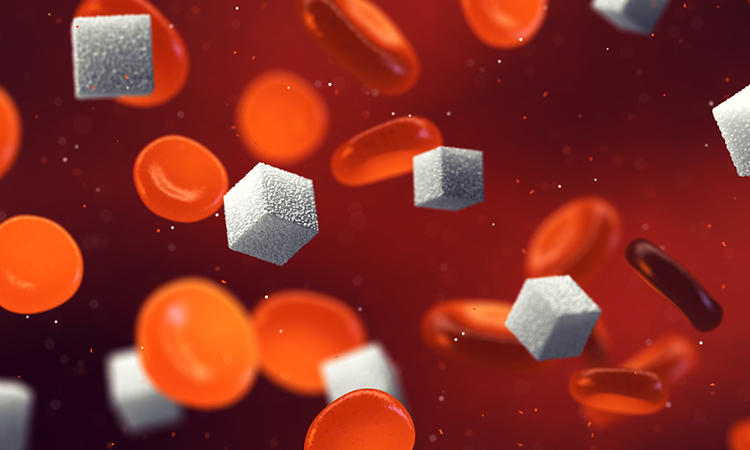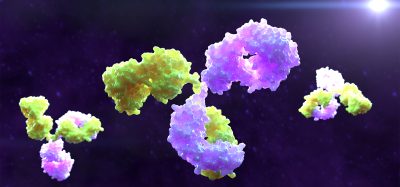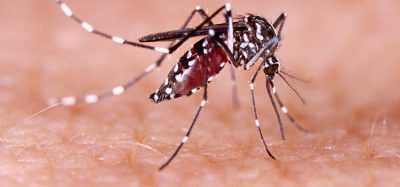Research provides a potential drug target to treat diabetes and obesity
Posted: 7 April 2022 | Ria Kakkad (Drug Target Review) | No comments yet
A new study by University of Texas Health Science Center at San Antonio has found that boosting liver mRNAs in obese mice reduces appetite and body weight.


Researchers from the University of Texas Health Science Center at San Antonio (UT Health San Antonio), US found that inhibiting a liver enzyme in obese mice decreased the rodents’ appetite, increased energy expenditure in fat tissues and resulted in weight loss. The breakthrough, which was recently published in Cell Metabolism, provides a potentially desirable drug target to treat metabolic issues such as obesity and diabetes.
The liver enzyme, called CNOT6L deadenylase, turns off messenger ribonucleic acids (mRNAs) that ordinarily carry genetic instructions from the nucleus to sites in the cell where two liver proteins are made. One of the proteins, growth differentiation factor 15 (GDF15), sends signals to two regions of the hindbrain to control food intake. The other, fibroblast growth factor 21 (FGF21), sends signals to brown and white adipose tissues to increase energy expenditure. CNOT6L deadenylase impedes mRNA code-carrying for both GDF15 and FGF21, which reduces these benefits.
“In the treatment of metabolic disease, targeting mRNA is a fairly novel concept,” said co-author Dr Nicolas Musi. “It is a new platform for thinking about how to treat this group of diseases.”
The researchers’ first-in-class CNOT6L inhibitor, dubbed iD1, stabilised liver GDF15 and FGF21 mRNAs in obese mice, increasing levels of the two proteins in the blood. After 12 weeks, treated rodents ate 30 percent less food and exhibited 30 percent reduced body weight, energy expenditures in the adipose tissues increased by about 15 percent, and liver fat decreased 30 percent. Furthermore, mice treated with iD1 showed improved insulin sensitivity and lower blood glucose levels.
“These are very serious problems, and any intervention, including drugs, that can treat them are necessary,” Dr Musi said. “[The scientists] have made a ground-breaking discovery by delineating this mechanism and the proof of concept that a drug that targets this pathway improves all these parameters including glucose levels, glucose tolerance and insulin resistance caused by a high-fat diet and fatty liver.”
NEWS: A new study has identified harmful cellular pathways that prevent insulin production, presenting a drug target for diabetes.
READ MORE
Their next step is to refine this mechanism and identify new drugs that may be more specific and more potent.
Related topics
Drug Development, Drug Targets, Protein, Research & Development, RNAs, Therapeutics
Related conditions
Diabetes, metabolic disease, Obesity
Related organisations
University of Texas Health Science Center at San Antonio (UT Health San Antonio)
Related people
Dr Nicolas Musi








